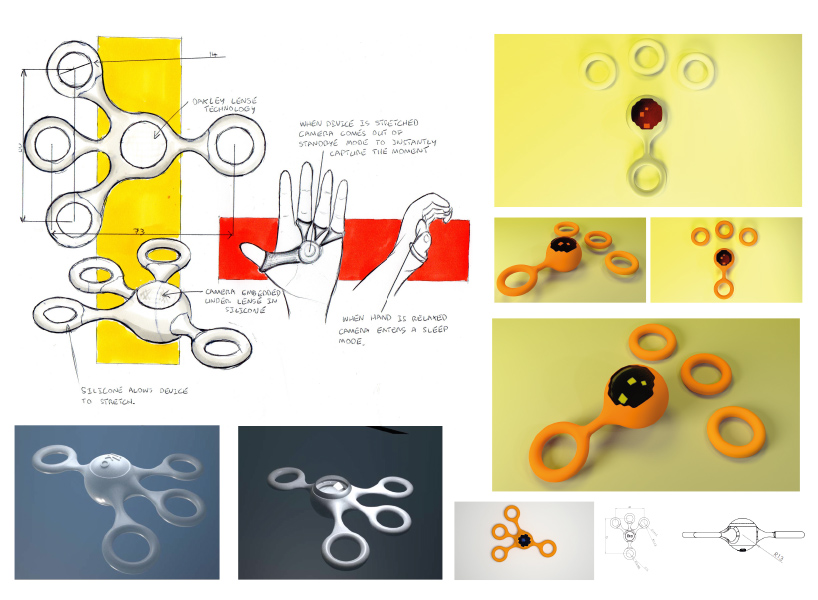
Oakley IKO by Peter Laverty from uk
designer's own words:
Entering the digital camera market seems to be a competition of top-specs, or a competition of USP’s, for example rugged, waterproof, highest megapixel, panoramic, etc. There is a high concentration on specifications about the physical camera. I wanted to concentrate on a unique aspect that hasn’t been explored much in the digital camera market, or the photography market for that matter. My idea was to create a camera that takes photography back to its fun and carefree roots. I feel that this product would fit into Oakley’s Identity by putting creative power in the hands of talented sports individuals. For me the most exciting part of this product is the actual interaction a user has with the camera. Interaction with a product is always considered in the design process, especially since the introduction of interfaces that came along with smart phones and tablet computing. The easier it is to navigate through an interface the more pleasant the product is to use. But our interaction is different, the action of actually capturing a photograph has remained the same, even after the conversion from film to digital. This is generally true of the shape of camera’s too. Previous to digital, the analogue camera was designed to be a rectangular box shape because it had to fit the shape of the film inside. When suddenly we are using digital camera, which requires no film, the shape of the camera remained a rectangular box. IKO is designed around the action of actually capturing an image, and therefore the shape differs dramatically from the conventional digital camera shape. After a lengthy design process and user research, IKO encompasses the natural movement of a user capturing a photograph in a more documentary style of photography. The focus of the images captured are on a realistic scenario rather than a posed photograph. This is achieved in the design in a number of ways.
1. Reduced image capture time.
Conventional digital camera’s require a user to turn on the camera, point and frame the potential image, wait for the lens to automatically focus and eventually press the capture button.
Having the camera constantly attached to the user on a constant standby mode. The user is only required to lift his/her hand, open the palm of the hand and an image can be captured in less than a second.
2. Not being able to instantly delete captured images. With digital camera’s we often find that users instantly delete images if they are not happy with the outcome. This can stifle a documentary style of photography because users are constantly trying to achieve a more perfect image.
The point of IKO is to capture anything and everything. By not having the ability to delete photographs, we believe users will be encouraged to capture more, and be happy with the outcome, whatever the outcome. This way IKO can document real events and they are kept, as the situation happens.
3. Keeping it simple. Being bombarded with features is great for achieving a number of different image types, but we feel the whole process is in-organic and only distances a user from what the product is trying to achieve, the image received at the end.
IKO remains a simple camera, offering a fisheye image. The reason we have chosen a fisheye style of photograph is that it captures more than a conventional camera does. Again, the point isn’t a beautiful photograph, but a documented photograph, a true reflection of the situation that occurred at that specific moment in time, so we get a wider angle and it captures more of the situation. It stays on a single shutter speed of 1/100. This allows the perfect balance of being used freehand and maintaining a blur-free image. It also allows for less functions that would stifle the product. I believe that by having the same style of photography throughout has a simple beauty, everything is documented in the same style, and status does not differ from image to image.
Initial Concept Developement 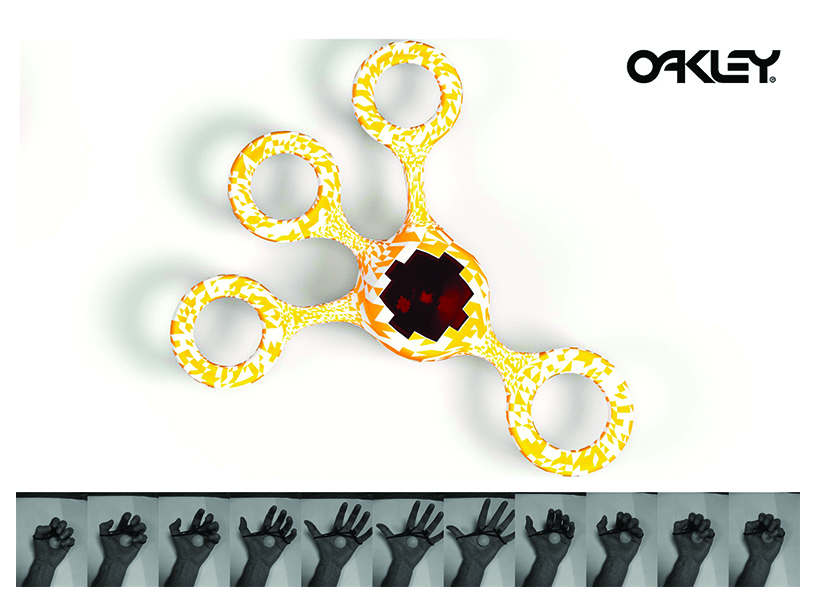
Modelling Initial Concept
https://www.youtube.com/watch?v=-8J3PSzJC0w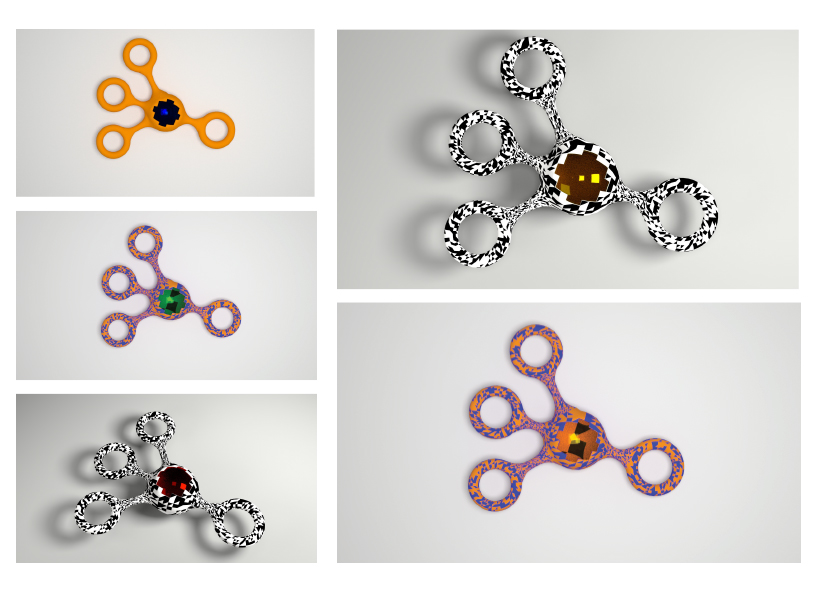
Collaborative Colours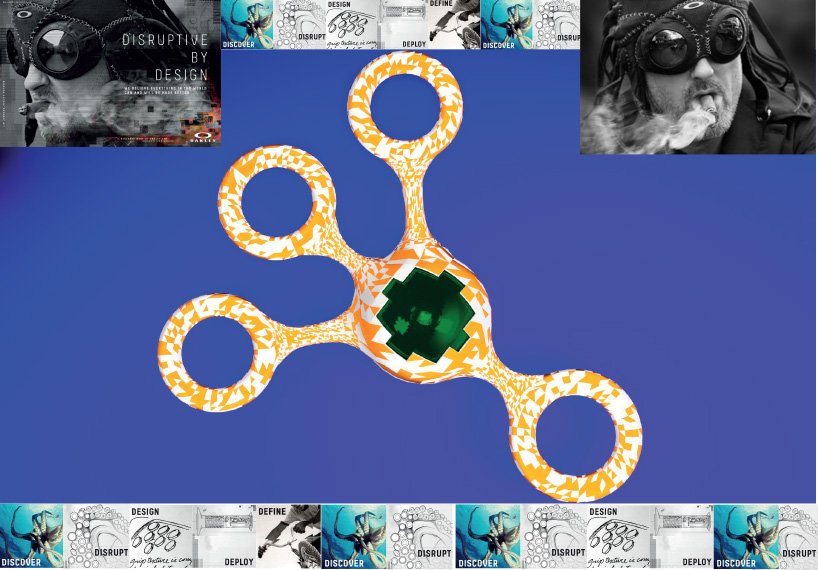
Oakley Imagery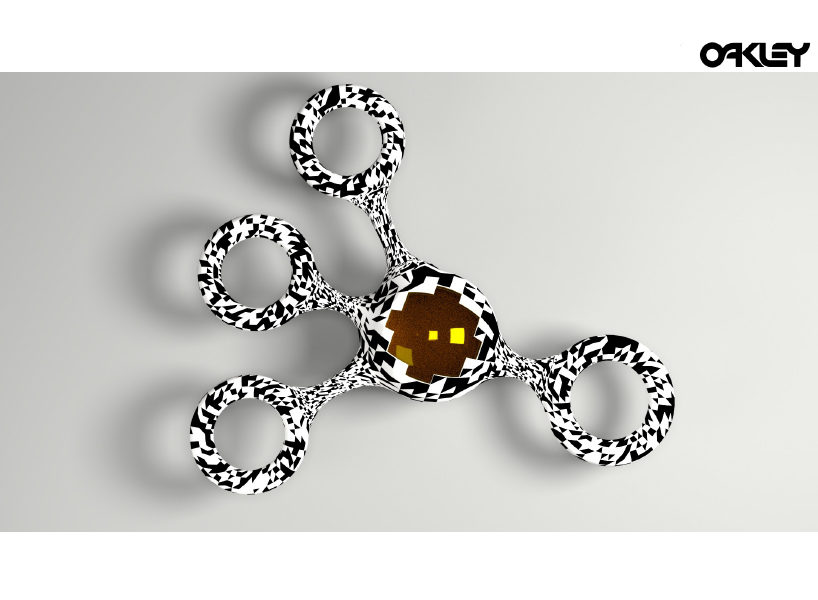
Advertising Shot